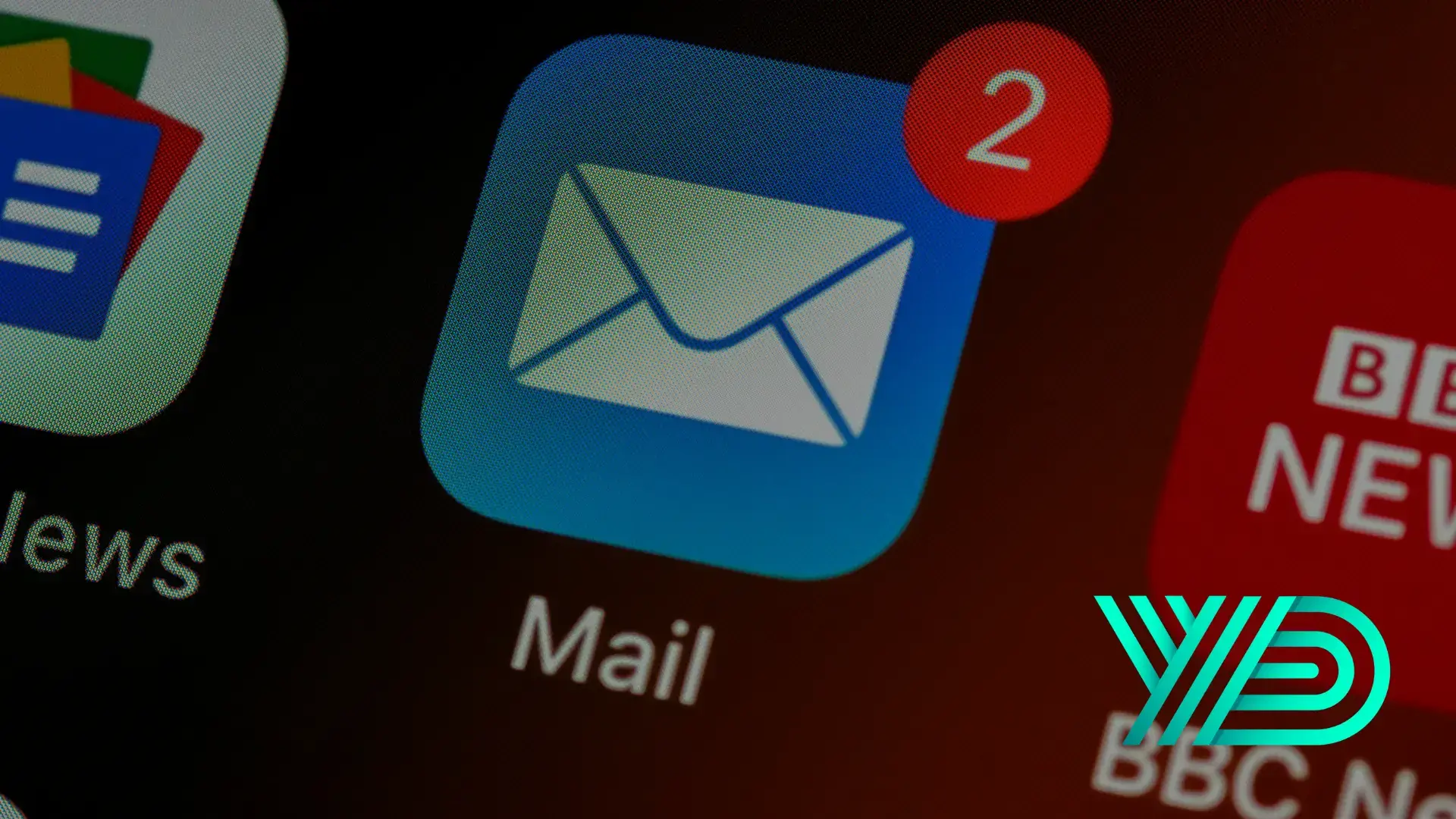Just as Odysseus used cunning to captivate his audience, you, too, must craft your email marketing strategies to engage your subscribers effectively. You’re in a battle for attention in a sea of digital noise, and the key to victory lies in personalising your messages, creating compelling subject lines, and segmenting your audience for targeted communication. By optimising emails for mobile and leveraging automation, you’re not just sending messages; you’re building relationships. Yet, the journey doesn’t end here. There’s a wealth of tactics and insights just beyond the horizon, poised to transform your approach and elevate your email marketing game. Why stop now when the secrets to success are within reach?
Crafting Irresistible Subject Lines
Crafting an irresistible subject line is your first step to grabbing a reader’s attention in the crowded inbox landscape. You’re competing against countless others for that precious click, so your subject line’s got to pop. One way to stand out? Emoji usage. Adding a well-chosen emoji can inject personality and grab attention without saying a lot. But it’s not just about slapping any emoji at the start or end. It’s about finding the one that complements your message and resonates with your audience. Think of emojis as the seasoning to your subject line feast – a little goes a long way.
Now, you might wonder if there’s a magic formula to crafting these subject lines. Here’s where A/B testing comes into play. It’s all about experimenting with two versions of your subject line to see which one performs better. You send version A to a portion of your list and version B to another. Then, you analyse the open rates. This method takes the guesswork out of understanding what resonates with your audience, allowing you to refine and perfect your approach over time. Remember, what works for one audience mightn’t work for another, so A/B testing is crucial in tailoring your strategy.
In essence, your subject line is the gatekeeper to your email content. By leveraging emoji usage creatively and employing A/B testing to hone your approach, you’re setting the stage for increased engagement. Keep it concise, make it punchy, and always be prepared to adapt based on what the data tells you.

Personalising Your Emails
Beyond grabbing attention with your subject line, personalising your emails can significantly enhance engagement rates. Personalisation goes deeper than merely inserting a recipient’s first name. It’s about crafting tailor-made content for each subscriber, making them feel valued and understood.
Utilising dynamic content is a powerful way to achieve this. Dynamic content adjusts automatically based on the recipient’s preferences, past interactions, and other data you’ve collected. Imagine sending an email with product recommendations that change based on what the subscriber has previously viewed or purchased. This level of customisation makes your emails more relevant and engaging, increasing the likelihood of conversion.
Behavioural triggers are another key component of personalising your emails. These triggers are actions taken by the user, such as visiting a specific page on your website, abandoning a cart, or opening a previous email, which then prompts a tailored email response. For instance, if a subscriber abandons their shopping cart, you can send them a personalised email reminding them of the items they left behind, possibly with a special offer to incentivise completion of the purchase.
Segmenting Your Audience
Understanding your audience’s diverse needs is vital to tailoring your email marketing campaigns effectively. Segmentation allows you to divide your audience into smaller groups based on specific criteria, ensuring that the content they receive is highly relevant and engaging. One powerful tool in your segmentation arsenal is customer feedback. By analysing feedback, you can uncover patterns and preferences, allowing you to create segments based on interests, purchasing behaviour, or engagement levels. This targeted approach ensures that your audience feels understood and valued, increasing the likelihood of positive responses to your emails.
Another critical aspect of segmentation is geographic targeting. Recognising that customers in different regions may have varying needs or interests is crucial. By segmenting your audience geographically, you can tailor your messages to reflect local events, holidays, or cultural nuances. This level of personalisation enhances the relevance of your emails, making them more engaging to recipients in specific locations.
Segmenting your audience isn’t just about sending different emails to different groups; it’s about creating a more personalised and effective communication strategy. You can ensure your messages resonate with each audience segment by leveraging customer feedback and geographic targeting. This improves engagement rates and fosters a deeper connection between your brand and customers. Remember, a segmented approach is a step towards more meaningful interactions, leading to better engagement and, ultimately, higher conversion rates. So, dive into your data, listen to your audience, and start segmenting to create more impactful email marketing campaigns.
Optimising for Mobile Devices
Ensuring your emails are mobile-friendly is crucial, as most people now check their inboxes on the go. With most email opens happening on mobile devices, you must optimise your email marketing strategies to meet this trend. Ignoring this could mean missing out on engaging a significant portion of your audience.
Responsive design should be your top priority. This ensures that your emails automatically adjust to fit any device’s screen size, providing a seamless experience whether your subscribers are viewing your message on a smartphone, tablet, or desktop. A responsive design eliminates the need for pinching and zooming, making your content easily readable and accessible. Remember, if your email doesn’t look good on a mobile device, subscribers are likely to delete it or, worse, unsubscribe.
Additionally, integrating touch-friendly interfaces into your emails significantly enhances user experience. This means making buttons and links large enough to tap with a finger easily. Navigation within the email should be straightforward, with clear calls to action. This improves engagement and increases the likelihood of your subscribers taking the desired action, whether visiting your website, purchasing, or learning more about a product or service.

Incorporating Automation Tools
Leveraging automation tools in your email marketing strategy can significantly enhance your engagement rates by delivering targeted, personalised content at just the right moment. By automating certain aspects of your email campaigns, you’re not just saving time; you’re also ensuring that your messages hit your audience’s inbox when they’re most likely to engage.
One powerful feature of automation is lead scoring. This process helps you identify which subscribers are most engaged and likely to convert, allowing you to tailor your communication more effectively. Imagine sending a special offer to someone who’s interacted with your emails multiple times over the past month. You’re not shooting in the dark; you’re making an informed decision based on their behaviour, which increases the likelihood of conversion.
Then there’s A/B testing, an essential tool in any marketer’s arsenal. Automation tools can simplify this process by allowing you to test different subject lines and email content and send times to small segments of your audience. You can adjust your strategy for better performance based on the results. This means you’re constantly refining your approach based on actual data, not just hunches.
Incorporating these automation tools into your email marketing strategy doesn’t just make your life easier; it makes your campaigns smarter. By focusing on lead scoring and A/B testing, you’re taking a data-driven approach to engagement, ensuring your emails resonate more deeply with your audience. Remember, effective email marketing isn’t about sending more emails; it’s about sending the right emails to the right people at the right time.
Analysing Campaign Performance
After implementing automation tools in your email marketing efforts, it’s vital to measure the impact of these strategies by analysing your campaign performance. This step ensures you’re not just sending emails into the void but engaging with your audience and driving conversions.
Start with bounce rate analysis. It’s a clear indicator of how well your emails are being received. A high bounce rate means your messages aren’t even reaching your audience’s inboxes, possibly due to outdated email lists or strict spam filters. By keeping an eye on this metric, you can clean up your list and adjust your strategies to improve deliverability.
Next, dive into conversion tracking. This goes beyond just seeing if your emails are opened or clicked. You want to know if those clicks translate into your desired actions, whether it’s making a purchase, signing up for a webinar, or downloading a resource. Conversion tracking ties your email campaigns directly to your business goals, showing the real value of your email marketing efforts.
Frequently Asked Questions
How Often Should I Clean My Email List?
You should clean your email list every three to six months to keep bounce rates low and improve list segmentation. This ensures you reach engaged subscribers and keep your communication channels clear and compelling.
Can I Re-Engage With Inactive Subscribers?
Ever felt like you’re talking to a wall? Well, re-engaging with inactive subscribers isn’t much different. By offering subscriber incentives and crafting personalised content, you’ll see those silent inboxes light up with activity again.
What Time Is Best for Sending Emails?
You’ll need a segmentation strategy to find the best time to send emails. By understanding your audience, you can tailor personalised content and timing, ensuring your messages land when they’re most likely to engage.
How Do I Avoid Spam Filters?
To avoid spam filters, you’ve got to focus on crafting catchy subject lines and personalising your emails. This strategy ensures your messages stand out and are more likely to reach the intended recipient’s inbox.
Is A/B Testing Necessary for Every Campaign?
You don’t need A/B testing for every campaign, but it’s beneficial. Segmentation strategies and creative variations can significantly improve your results. It’s about finding what resonates best with your audience.
Conclusion
In conclusion, mastering email marketing isn’t just about sending messages; it’s about making each email a unique experience for your audience. With 47% of people deciding whether to open an email based on the subject line alone, crafting irresistible ones is your first step toward engagement.
Remember to personalise, segment, optimise for mobile, and use automation wisely. By analysing your campaign’s performance, you’ll continually refine your strategy, ensuring your emails not only reach inboxes but also resonate with recipients.
